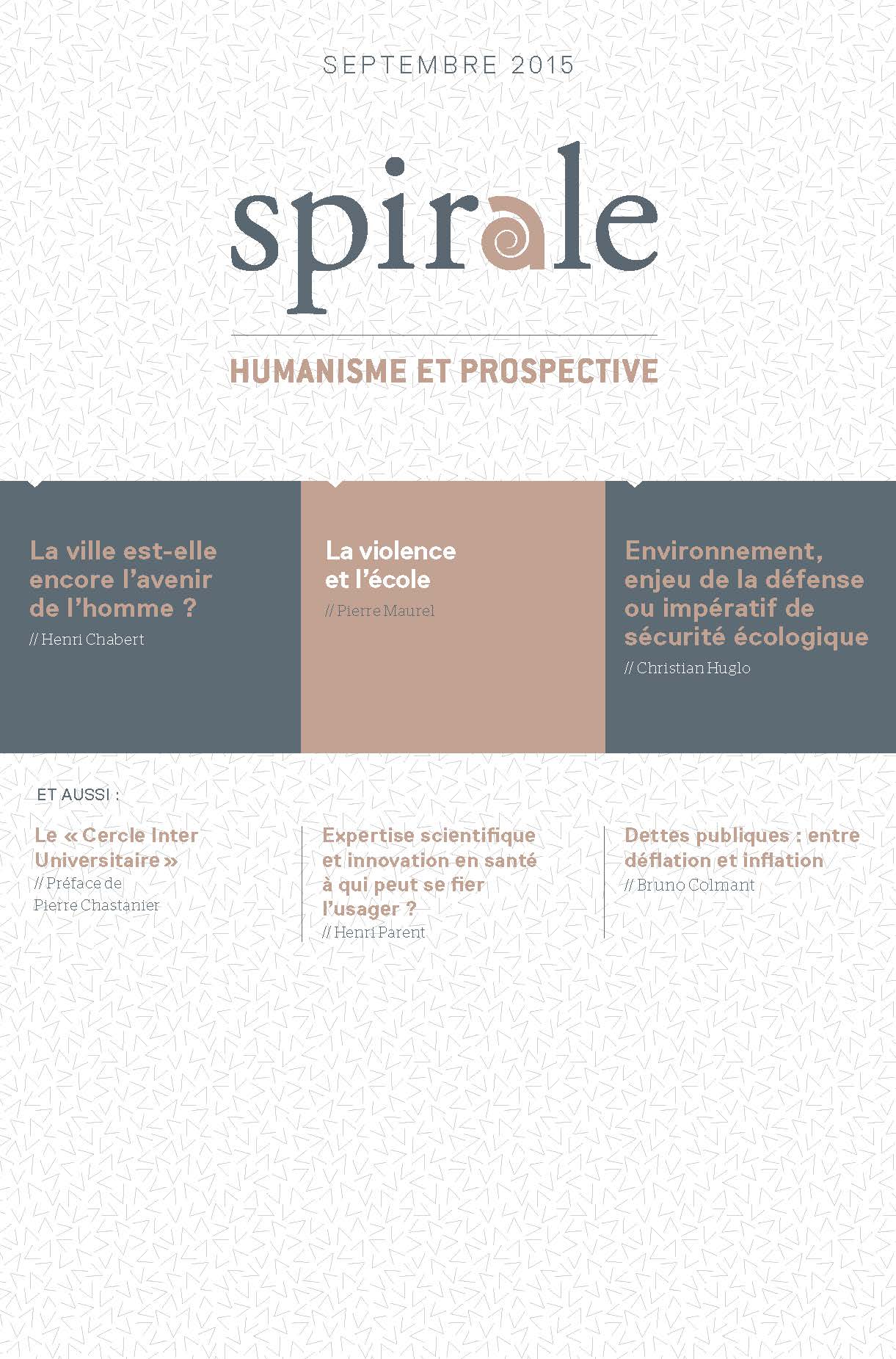Generative artificial intelligence (generative AI) is disrupting the world of technology, business, and many other sectors. This revolution is marked by the emergence of language models such as ChatGPT-4, developed by OpenAI, and other similar models that are transforming our relationship with machines and how we work.
In this article, we will explore the main advances in generative AI, its applications in various fields, as well as the challenges and opportunities it presents for employment and society as a whole. Follow us to discover how this technological revolution is redefining the digital landscape.
1. Spectacular Advances in Generative AI
1.1 The Rise of ChatGPT
ChatGPT, a revolutionary language model developed by OpenAI, has experienced explosive growth since its launch last November. By January, it had already captured over 100 million unique users, making it the fastest-growing tool of all time. Since then, its growth has been exponential, reaching 4 billion visits worldwide.
The speed at which OpenAI released a more advanced version, GPT-4, in March, also surprised users. The new version is more accurate, with 40% less chance of containing factual errors than its predecessor.
1.2 The Foundations of Generative Models
Generative models, also called “base models,” are based on three key elements: models, data, and computing power. These models are capable of autonomous learning from massive data and generating new information in natural language, images, or other domains.
Among the most well-known generative models are OpenAI’s GPT3, Google’s BERT, and other Large Language Models (LLMs). These models are extremely flexible and adaptable, making them useful in fields such as computer vision, biology, and many others.
2. Applications of Generative AI
2.1 Content Creation
One of the main areas of application for generative AI is content creation. Generative models can generate text, images, videos, and even music based on their knowledge acquired from training data. They can create blog articles, advertisements, movie scripts, original music, and many other types of content.
2.2 Personalization and recommendation
Generative AI is also used to personalize and recommend content based on users’ preferences and behaviors. Generative models can analyze user data to understand their tastes and habits, and then generate personalized recommendations for products, services, or content.
2.3 Customer Assistance and Support
In the field of customer service, generative AI can be used to create chatbots and virtual agents capable of understanding and responding to customer questions in real-time. These agents can help solve problems, provide information, and direct customers to the right resources.
2.4 Translation and Multilingual Communication
Generative AI can also be used for translation and multilingual communication. Generative models can learn to translate text between different languages, enabling smoother communication between people speaking different languages.
3. Challenges and Opportunities of Generative AI
3.1 Impact on Employment
Generative AI raises many questions about its impact on employment and society as a whole. Some fear that widespread adoption of this technology may lead to the elimination of many jobs, especially in the fields of writing, translation, and customer service.
However, others believe that generative AI could also create new opportunities and jobs, requiring skills related to managing, training, and supervising these models.
3.2 Ethical Challenges and Regulation
Generative AI also raises ethical and regulatory challenges. Generative models can be biased based on the data they have been trained on, which can lead to discrimination or inequality. In addition, the ability of these models to generate misleading or disinformative content raises questions about the responsibility and regulation of this technology.
3.3 Data Security and Privacy
Managing sensitive and confidential data is another major challenge for the integration of generative AI into businesses and institutions. Protecting this data and ensuring its security is essential to ensure user trust and prevent abuse.
4. Future Outlook
Despite the challenges and uncertainties surrounding generative AI, the future outlook is promising. The technology continues to advance rapidly, and new applications and opportunities are emerging regularly.
Businesses and institutions must remain vigilant to developments in generative AI and consider how they can leverage this technological revolution to improve their processes, products, and services while addressing ethical and regulatory challenges.
Ultimately, generative AI has the potential to transform many aspects of our society, from content creation to communication, decision-making, and problem-solving. As with any technological revolution, it is crucial to stay informed, adaptable, and ready to seize the opportunities that arise.
Jean KOÏVOGU









